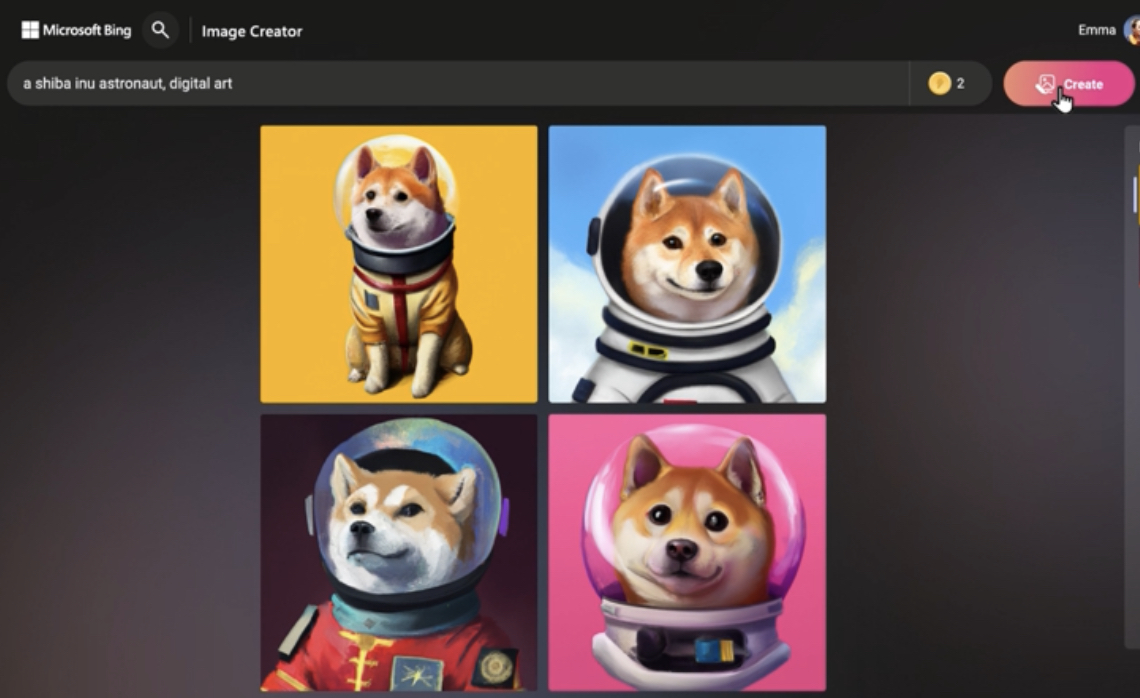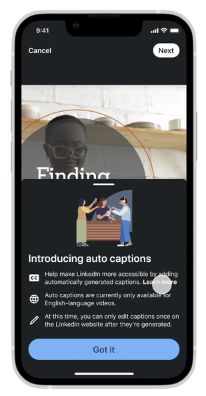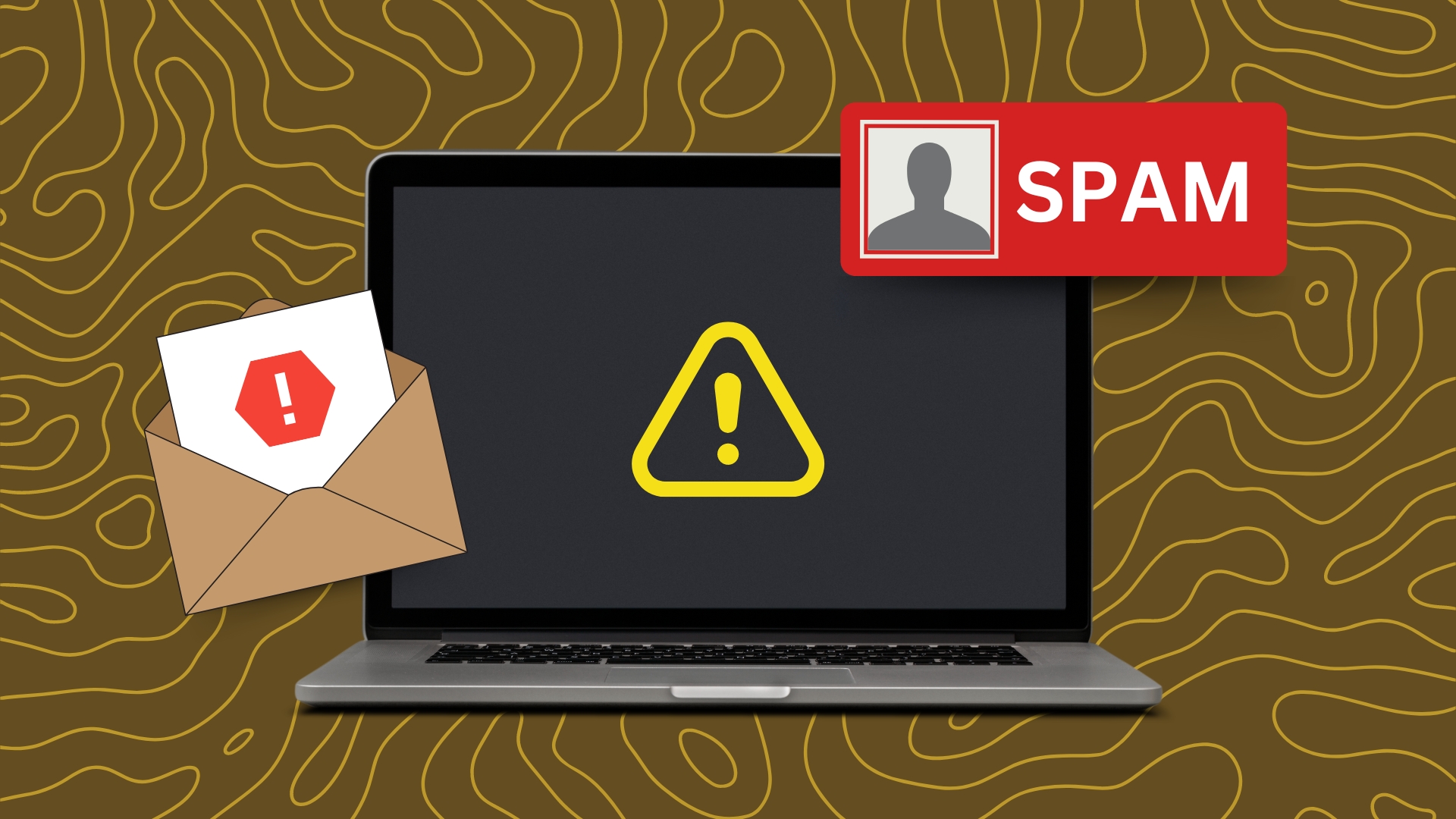Good morning and welcome to a slightly delayed version of the Intelligency Digital Roundup.
In the latest pieces of digital marketing news, Google is rolling out another spam algorithm update, Bing are using DALL-E 2 to power an image generator, LinkedIn is becoming a more accessibility-friendly platform, and Google has streamlined its webmaster guidelines.
Keep reading to find out more about these stories.
Google Begin Rolling Out October 2022 Spam Update
Google has confirmed that they have begun to roll out the October 2022 Spam Algorithm Update worldwide, and in all languages.
The company has stated that the October 2022 Spam Update should take several days to fully roll out.
Unfortunately, a common pattern with spam updates is that specific details aren’t provided by Google unless they target a specific type of spam.
However, what we do know is that spam updates are rolled out on the regular in order to help Google maintain high-quality search results. They enhance Google’s automated systems, which are constantly running in the background and detect and hide spam on SERPs (search engine results pages)
If your website is abiding by Google’s Search Essentials (formerly Google Webmaster Guidelines which I’ll speak about later in this roundup) it’s more than likely you don’t have to worry about any negative rankings as a result of the update.
What constitutes spam?
Admittedly, it’s tough to be guilty of spam without knowing about it, just because Google has a fairly strict definition of what the company considers ‘spam’ which primarily includes low-quality sites which have been created to goad users into providing personal details or install malware.
Google’s spam updates also target phishing websites or websites which try to impersonate highly relevant pages.
Although some websites may have little content and aren’t helpful to users, these are not considered spam, instead, they’d be affected by Google’s helpful content algorithm updates instead.
If your website isn’t secure, there’s a chance it could have been affected by this update, because you could be serving spam to your users without knowing.
If it has been affected, check for signs of a possible malicious attack by checking your site security and files.
If a website is affected by a spam update, the content is either removed from Google’s index or is demoted on SERPs.
Bing Test A New AI Image Creator
Microsoft Bing has announced it will be adding a new AI-powered image generator to the platform in the next few weeks. The feature will allow users to generate images through text prompts.
This new, innovative technology was announced via a Microsoft blog post
For instance, say you need an image of a dog as an astronaut because it fits the blog post you’re writing, but you can’t find one which really suits the post.
With the new image creator, Bing will be able to generate the exact type of image you need using the descriptive text that you type.
Here’s an example of what it will look like:

Bing’s image creator is powered by DALL-E 2 image generator technology, which has recently been taking the internet by storm due to the powerful technology behind it.
To use the feature when it’s been rolled out, you’ll need to navigate to bing images and click on “image creator”, once you’re there, there will be a text box where you can type in an image description.
When will it be available?
Microsoft is committing to a ‘measured’ approach when it comes to rolling out the image creator, there’s currently a preview of the tool in selected countries.
Due to the technology of DALL-E 2 being so new, Microsoft wants to be cautious when it comes to AI:
“It’s important, with early technologies like DALL∙E 2, to acknowledge that this is new and we expect it to continue to evolve and improve. We take our commitment to responsible AI seriously. To help prevent DALL∙E 2 from delivering inappropriate results across the Designer app and Image Creator, we are working together with our partner OpenAI, who developed DALL∙E 2, to take the necessary steps and will continue to evolve our approach.”
Microsoft will use techniques for the technology such as query blocking, sensitive topics, and filters, in order to prevent misuse and limit images that violate Bing’s policies.
LinkedIn Videos Now Generate Automatic Captions
The social media platform for businesses, LinkedIn, plans to upgrade the platform with several new features, the big one being numerous accessibility features with technology such as automatic caption generation.
Automatic captions are being added in order to make videos more accessible for users who are deaf, hard of hearing, or those who prefer to watch videos on mute.
The captions will automatically be added in the upload process for videos, where you can proofread the subtitles to make sure they’re accurate, or just publish the video immediately.
Another accessibility feature being added is a high-contrast mode for the visually impaired to adjust the colours on the app.

Additional features
As well as the features above, LinkedIn is also implementing multiple accessibility-focused enhancements to job postings and user profiles such as new job titles and skills.
Job Titles
The blog post has reported that there’s a substantial growth in the number of job postings in the US with the word “Accessibility” featured in the job title, so accessibility specialists are more in demand:
“… our data shows that these job postings have spiked 171% since September 2019, indicating that companies are actively not only talking about this, but taking action to hire accessibility specialists that can help them create products and services that work for everyone.”
If you work in accessibility, you can choose standardised titles such as “accessibility designer,” “chief accessibility officer,” or “accessibility engineer.”
New Skill
There’s also a new recognised skill called Dyslexic Thinking which a user can add to their profile:
“Through our research, we learned that dyslexic thinkers are often able to simplify complex products or tasks and see connections that others may miss. This example showcases that disability can also be viewed as a strength and meaningful differentiator.”
Advert Alt Text
The last accessibility feature announced was the ability to add alt text to adverts in the campaign manager. This will allow users who are blind or visually impaired to understand the creative that has been used in the ad.
Automatic captions will be rolling out in the next few weeks, with alt text for ads coming soon. Everything else is available to use now on desktop and mobile.
Google Replace Webmaster Guidelines With Search Essentials
Google has stated that the company will be replacing Google Webmaster Guidelines with a more streamlined approach to web principles, as there are only three sections.
This will be called Google Search Essentials.
The aim of search essentials is to move away from the webmaster branding and make the guidelines easier to understand.
The company has gradually been moving away from the “webmaster” branding over the last few years, even renaming Google Webmaster Central to Google Search Central.
Google has said on the record that webmaster is an outdated term, and isn’t inclusive to content creators who wish to see their content rank in search results.
The guidelines, or search essentials, now consist of the following three categories:
- Technical requirements
- Key best practices
- Spam policies
If you’re familiar with the guidelines, there’s nothing new you need to learn as nothing has fundamentally changed.
Let’s take a look at the three new categories.
Technical Requirements
There aren’t many technical requirements a web page needs to pass to get onto Google Search.
Google has stated on the search essentials that most sites pass the technical requirements without trying.
The requirements are as follows:
- Googlebot isn’t blocked
- The page works (it’s not an error page)
- The page has indexable content
To summarise, if Google can crawl the content and index it, it will appear on Google. Although, this is the bare minimum.
Key Best Practices
The key best practices category describes additional considerations for your website that Google recommends in order to get your content to rank.
These considerations include:
- Ensure your content is helpful
- Place your keywords in strategic sections such as alt text, headings, titles
- Ensure that links are crawlable by Google
- Tell family and friends about the site
- Follow best practice guides for your images, videos, structured data, and JavaScript
- Use rich snippets to make your site appear better in search
- Anything you don’t want to be found, make sure you block it from Google’s crawlers
Spam Policies
This category explains everything that Google considers spam, if your site contains spam then it can suffer from a lower rank or even become de-indexed from search.
Google has also updated its spam and abuse guide lately (read more about the spam and abuse guide update)
Google’s spam policies include:
- Cloaking
- Doorways
- Hacked content
- Hidden text
- Hidden links
- Keyword stuffing
- Malware or malicious behaviours
- Misleading functionality
- Scraped or duplicate content
- Hidden redirects
- Thin affiliate pages
- User-generated spam
- Copyright strikes
- Online harassment removals
- Fraudulent behaviour
Google believes that the changes to the guidance will “help site owners avoid creating content that Search users absolutely hate”
To learn more about Google Search Essentials, you can watch this video from Trevor Stolber as well:






